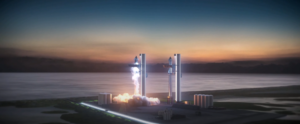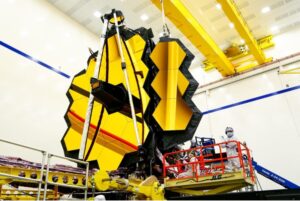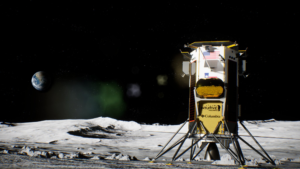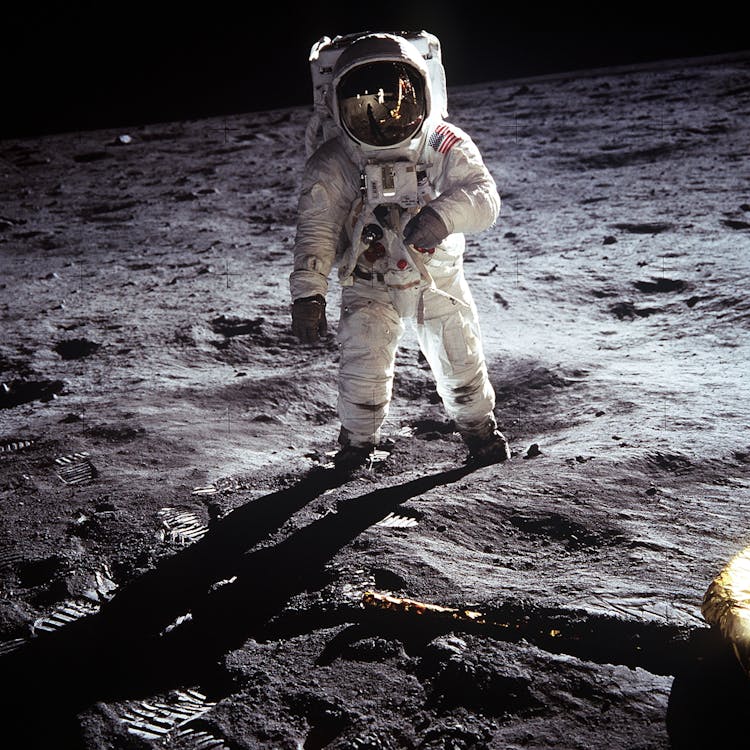
Are Humans Going Back To The Moon?
Yes, humans are going back to the Moon. NASA’s Artemis mission is planning to put humans on the surface of the Moon by 2024. The rocket responsible for the mission will be the SLS or Space Launch System. They will also be working with SpaceX to create a lunar lander and put men and women on the surface of the Moon once again.
When Exactly Will We Be Back?
Currently, NASA says the goal is to land humans on the Moon again in late 2024. However, NASA is known for delays and even now some high NASA officials are skeptical of the time frame. Bill Nelson, the current administrator of NASA said “It’s a stretch, it’s a challenge, but the schedule is 2024”. Statements like this combined with looking at past NASA missions makes it hard to be confident in the 2024 timeline.
One of the biggest delays they are working on right now is not the rocket ship but the spacesuits. Currently, NASA is developing next-generation spacesuits and is not confident in finishing them before the set date. This could easily delay the mission until 2025 or 2026.
Why Are We Going Back?
One of the main reasons we are going back is for science and preparing for the future. NASA has stated that they do have a goal of putting humans on different planets like Mars but first, they want to practice on the Moon.
By practice, I mean set up a Moon base that humans can live on for a longer period of time. Rather than the Apollo missions which saw little time on the surface, NASA wants to create a base that can support human life for extended periods of time. This will allow scientists to study a lot more of the Moon and what it’s like living inside a Moonbase. The Moon will provide a proving ground to test technologies and resources that will take humans to Mars and beyond, including building sustainable, reusable architecture.
How We Will Get There
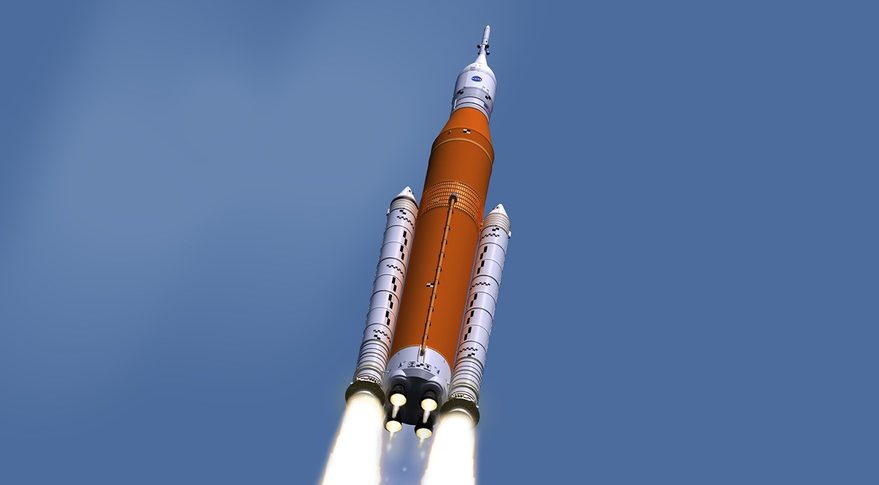
The rocket that is responsible for bringing humans back to the Moon is SLS or Space Launch System. The SLS is a brand new rocket that has not yet launched. It has been under development since 2014 and once complete will be the most powerful operational rocket in the world.
The SLS is responsible for launching and putting the Orion capsule in Earth’s orbit. Once this is done Orion will relight its engines at the exact right time sending it on a path to the Moon that will take three days. When they reach the Moon the Orion capsule will dock with Gateway. Gateway is a pre-staged space station constantly orbiting the Moon. Once docked to the station the crew will get onto a lunar lander and descend to the Moon. After their mission is complete they will launch off the surface back to Gateway, get onto the Orion capsule and head back to Earth. The SLS is very complex and comes with a large price tag. With an estimated launch cost of $2 billion per launch, it will not be cheap.
One of the biggest differences between the Apollo and Artemis missions is the pre-staging of Artemis. Unlike the Apollo missions, Artemis is planning to have all the necessary equipment like life support, rovers, etc. already on the Moon’s surface prior to humans arriving. This will allow humans to stay on the Moon much longer and not have to bring all the large equipment with them.
This also includes the large space station that will be created before humans ever get there. This pre-staging will not only help humans to stay longer but the Gateway will provide human access to the entire Moon. This is one downside of the Apollo missions as there were only able to land in a specific area for each mission. The other main difference is the technology we have access to now. This new equipment and tech will provide astronauts and scientists with more valuable data and provide good practice for when we head to Mars.
Building A Moon Space Station
As mentioned above NASA plans on building a Moon space station named Gateway. Gateway is needed for a few reasons. One is better communication. The space station will have the necessary equipment to allow quality communication between Earth and the Moon. The other benefit is pre-staging a lunar lander. This will allow the crew to dock to the space station and get onto the lunar lander that is already there to give them access to the surface of the Moon. The station can also easily be expanded on allowing more and more modules. This is important because it means there can be multiple human missions happening at the same time on the Moon. Building a space station around the Moon has never been done before but is a necessary step to improve the quality of the Artemis mission.
How SpaceX Got Involved

In an attempt to access the U.S. industry and use a high-quality lunar lander NASA chose three teams to compete for a large lunar lander contract. The three teams were SpaceX, Dynetics, and the National Team which was primarily Blue Origin but also Lockheed Martin, Northrup Grumman, and Draper. SpaceX’s lunar lander submission was with their single-stage Starship.
After looking at all the options NASA ending up deciding on SpaceX as the winner of the $2.89 billion contract. The main reasons they picked SpaceX included volume, cost, and experience/current testing. One of the major differences between SpaceX’s lunar lander and the other options is size. Starship is massive and has a lot of volume for the mission.
The other deciding factor was cost. Despite its larger size Starship is a lot less expensive than the competitor’s options. The final was testing and the current state of the rocket. SpaceX has already done many tests of their Starship rocket and even had a 100% successful starship launch to 10km and landing. This along with the other reasons made SpaceX’s lunar lander more appealing to NASA and won them the contract.
However, this decision did not sit well with some of the other companies specifically Blue Origin. After SpaceX won the contract Blue Origin filed a lawsuit against NASA saying their decision had flaws. After hearing what Blue Origin had to say the government rejected their protest.
Conclusion
Artemis is a very exciting next step in space exploration. With the development of SLS and SpaceX lunar lander, this mission will be the first of its kind. The addition of pre-staging will also make a big difference. With all the necessary tools and equipment already set up on the surface, humans will be able to do more research and live on the Moon longer. The Gateway space station has also never been done before and will provide a great communication link, lunar lander, and allow multiple missions to go on at once. All of this is expected to happen in 2024. If successful we will not only learn more about our Moon but more importantly what it’s like living on a different object in space. This mission will set the groundwork for a future mission to Mars and beyond.

